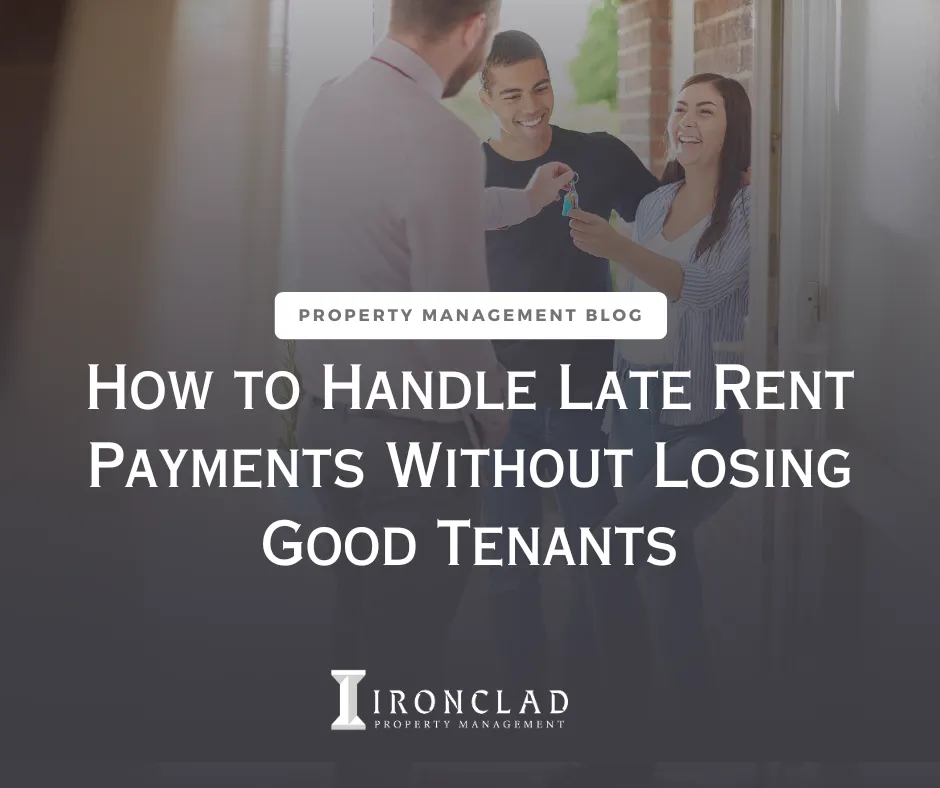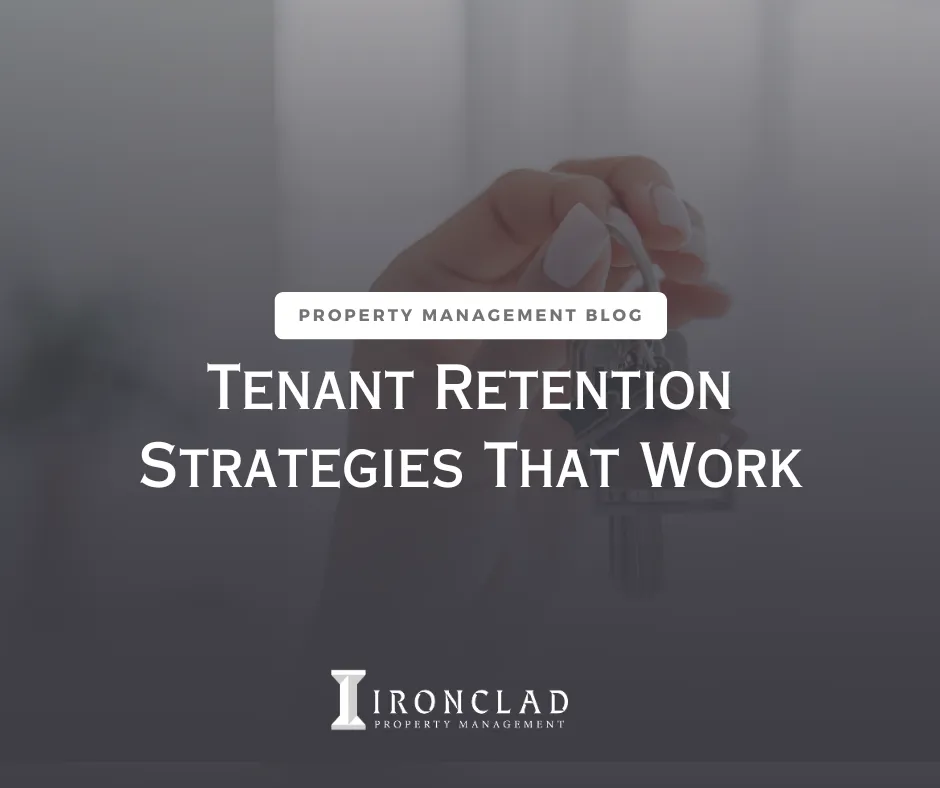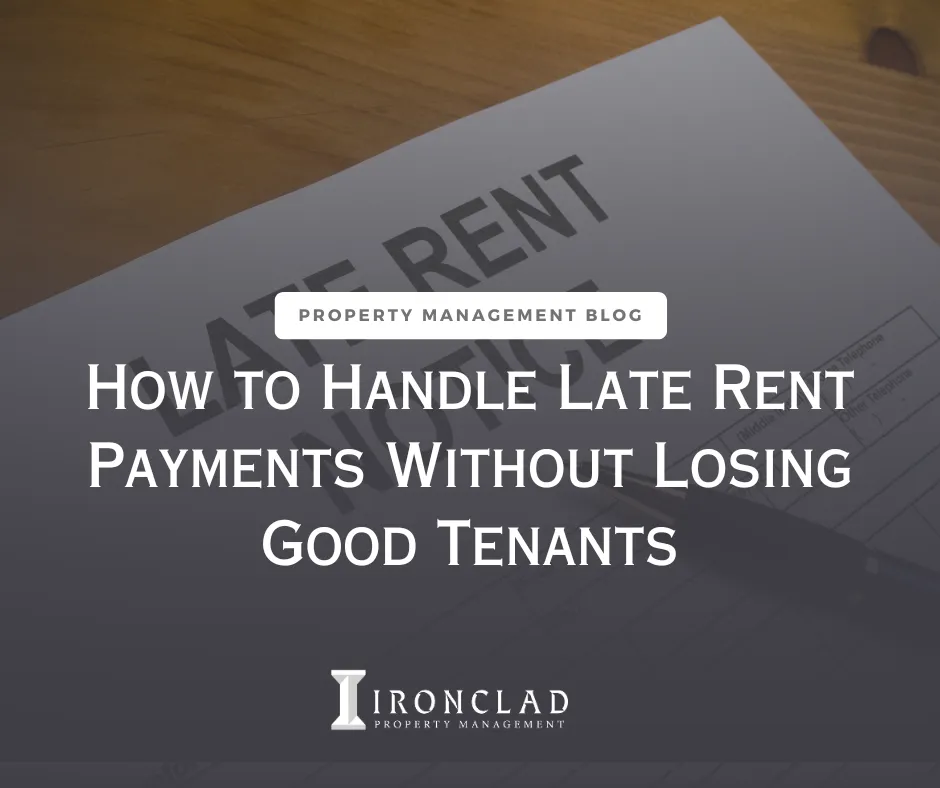How to Handle Late Rent Payments Without Losing Good Tenants
Learn how to handle late rent payments without losing reliable tenants. Discover strategies for clear communication, payment plans, and firm yet fair policies to protect your cash flow and maintain strong landlord-tenant relationships.





